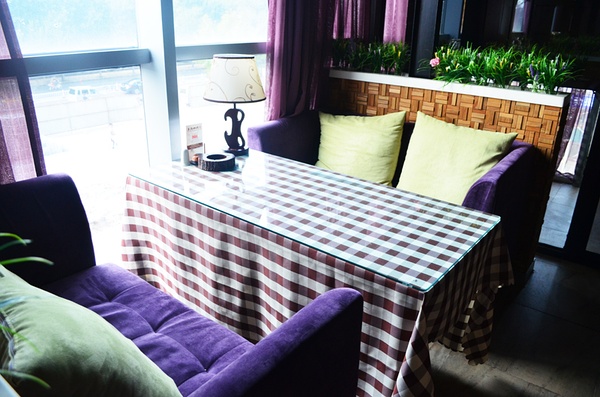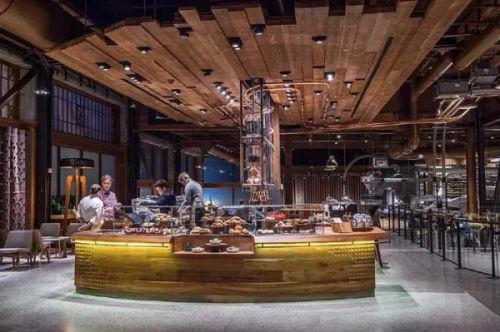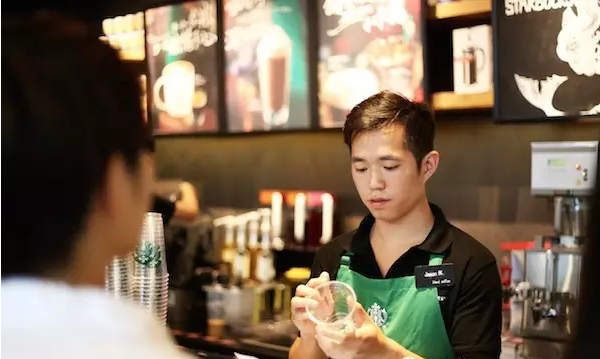A brief introduction to Coffee Culture in Japan

Today, Japan has become the world's third largest importer of coffee, after the United States and Germany, importing 400000 tons of unroasted coffee beans in 2000 alone. Young people in Japan regard going to cafes as part of urban life, and the lifestyle of little bourgeois is also very popular in Japan. Since the 1990s, cafes have gradually formed a unique scenery on the streets of big cities in Japan. However, most cafes in Japan do not transplant the characteristics of European and American cafes as they are. Although Japan seems to be the most loyal proponent of the trend of internationalization, Japanese cafes are more likely to show the collision of Eastern and Western cultures. During the period of Japan's bubble economy, countless Western things poured into Japan, and tourists from all over the world traveled to Japan every year to learn about the country and bring new cultural elements to the country.
Japan seems to be a big sponge, which has a strong ability to absorb and digest multiculturalism. The Japanese have the ability to localize foreign cultures. Japanese cafes are a good example. Cafes are the places with the most mixed cultural characteristics in Japan. Japanese cafes are usually designed with unique design, easy interior decoration, and a combination of functional and multicultural features, in addition to providing drinks and simple food. Cafes are usually designed as places for learning, reading, talking and making friends. Moreover, the drink list of each cafe will be updated in a timely manner, and even regular customers can make new discoveries at any time.
As a compromise of cultural integration to the traditional way of life, green tea is still sold in many cafes in Japan. Japan is a big consumer of green tea, consuming about 100000 tons a year. Even young people who love Western culture love green tea at the same time. Therefore, it is very common and reasonable to provide green tea in cafes.
The Japanese use charcoal fire to bake coffee, which mainly uses the radiation of charcoal fire to heat the coffee evenly from the inside to the outside, thus effectively avoiding the destruction of coffee tissue structure. In the words of the Japanese themselves, this method has the original infrared effect.
Although Japan does not produce coffee, the coffee industry has its own unique features. They bring in tools invented in Thailand but not widely available, re-analyze them, improve them and sell them. Dutch (an instrument for extracting coffee with cold water) invented by the Dutch is also favored by the Japanese. Appliances that are rare in the Netherlands are not difficult to buy in Japan. Japan has also imitated the world-famous "Melita filter" to make a comparable "Karita filter". In addition, Japanese coffee grinders, seals, improved "Siphon" (the name of siphon pipette) and even household roasters are all "Japanized" in a unique way.
Source: network
Important Notice :
前街咖啡 FrontStreet Coffee has moved to new addredd:
FrontStreet Coffee Address: 315,Donghua East Road,GuangZhou
Tel:020 38364473
- Prev

The world's first coffee shop was run like this.
The world's first magic coffee factory a Starbucks coffee shop called Willy Wonka (borrowed the name of a movie called Charlie and Chocolate Factory) in Seattle is different from any Starbucks in the world because it is like a magic chocolate factory. The whole store is designed as a huge coffee roasting workshop, according to the whole concept, it is true.
- Next

Starbucks sells more than coffee, the "four labels" is the key!
Recently, Xi Jinping visited the United States and came to Seattle, where he was served not wine but Starbucks coffee, which made Starbucks popular again. How did this coffee chain break into the mainland Chinese market where there was no coffee culture and have opened more than 1700 stores so far? The answer may be to rely on the four labels of coffee roasters, third Space, community interaction and partners. Starbucks plans for the Future 4
Related
- What brand of black coffee is the most authentic and delicious? what are the characteristics of the flavor of the authentic Rose Summer Black Coffee?
- Introduction to the principle and characteristics of the correct use of mocha pot A detailed course of mocha pot brewing coffee is described in five steps.
- Which is better, decaf or regular coffee? how is decaf made?
- How much is a bag of four cat coffee?
- How about four Cat Coffee or Nestle Coffee? why is it a cheap scam?
- Which is better, Yunnan four Cats Coffee or Nestle Coffee? How about cat coffee? is it a fake scam? why is it so cheap?
- How about Cat Coffee? what grade is a hoax? which instant coffee tastes better, four Cat Coffee, Nestle Coffee or G7 coffee?
- Process flow chart of coffee making-Starbucks coffee making process what coffee tastes good at Starbucks
- The top ten best coffee beans in the world Rose summer coffee or Tanzanian coffee tastes good
- Yunnan four cat coffee is good to drink?_four cat coffee is a big brand? four cat blue mountain coffee is fake?

